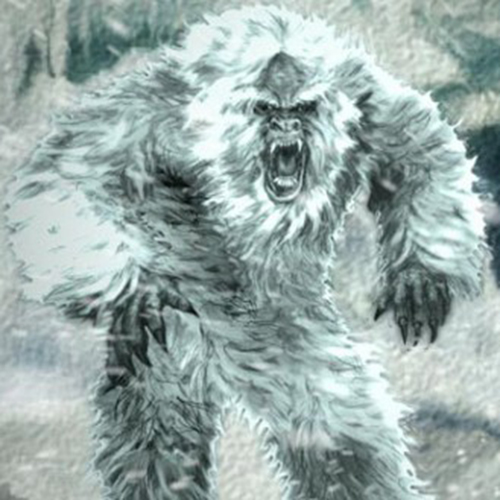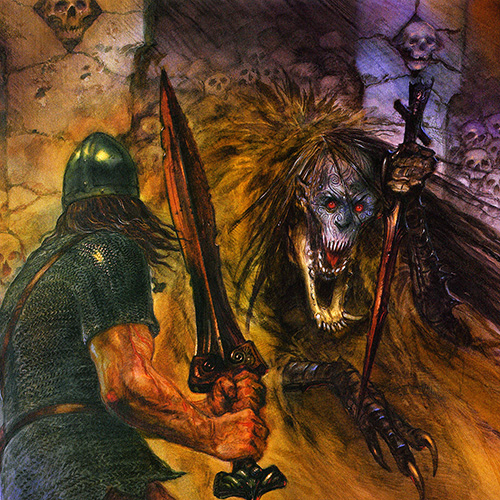Be afraid. Be very afraid.
It’s Halloween tomorrow, so in the spirit (see what we did there?) of the season, here are 6 monsters of literature and folklore:
Dracula

Or rather, Vlad the Impaler.
It’s only in recent times that we know Dracula in his current form, 1897 to be exact, and that’s thanks to Bram Stoker.
However, few are aware of Stoker’s real-life inspiration for this undead creature of the night. Vlad III Dracula notoriously skewered his enemies on stakes and then left them to die. These brutal tactics earned him the nickname Vlad the Impaler. The name Dracula means “son of Dracul,” and was a name handed down from Vlad III’s father.
Frankenstein

Although commonly referred to as Frankenstein, the man brought to life via electricity from sewn together bodies of various different dead people is actually called Frankenstein’s Monster. In the book by Mary Shelley, written in 1818, he has no name, but has come to be known as Frankenstein because he was created by Dr Frankenstein. However, this error is so ubiquitous that the term is now widely used to refer to the monster as well as the man.
Yeti

The Yeti, otherwise known as The Abominable Snowman, is Big Foot’s scarier Asian counterpart. Allegedly found in the Himalayan Mountains, this white-furred beast treks through the high altitudes, unseen by human eyes. His name comes from the Tibetan word yeh-teh meaning “little manlike animal.”
Golem

Victorian English literature has Frankenstein, and Jewish folklore has the golem. Formed from clay, this humanoid midrashic monster comes to life with the aid of supernatural powers. In some stories, the golem becomes animate when the Hebrew word for “truth” is written on the forehead the monster. When the first letter in this word is smudged out, the Hebrew word “death” remains, and the golemdissolves into a mound of clay.
Grendel

Grendel is one of three antagonists (along with Grendel’s mother and the dragon) in the Anglo-Saxon epic poem Beowulf (AD 700–1000). Grendel is usually depicted as a monster or a giant, although this is the subject of scholarly debate. In the poem, Grendel is feared by all but Beowulf.
Written in Old English, Beowulf chronicles the story of the title character, a brave warrior, as he protects the King Hrothgar from an attack by Grendel. Once Beowulf defeats Grendel, however, the fun is not over; he must then defeat Grendel’s equally frightening revenge-seeking mother.
Here’s his mother…

Attractive!
The Bogeyman

Bogeyman (also spelled bogieman, boogeyman, or boogie man), is a common allusion to a mythical creature in many cultures used by adults or older children to frighten bad children into good behavior. This monster has no specific appearance, and conceptions about it can vary drastically from household to household within the same community; in many cases, he has no set appearance in the mind of an adult or child, but is simply a non-specific embodiment of terror.
Possibly from the Middle English buggemeaning “a frightening specter,” bogeyman has been part of a cautionary tale told to naughty children since Victorian times.
And if these aren’t scary enough for you, there’s this clown:

It’s been terrorising children across Britain for the past few weeks. And when we say terrorising, we mean chasing (and basically just existing), which is bad enough.
Kind of like this clown:
Tel: +44 (0)7973 416 596
Email: hello@show-world.co.uk

